Description
Designed with the help of Philadelphia Ordnance and printed with PLA Pro +, for added strength from the Creatbot DX Plus to hold +/-.001” from the 3d model. These MG42 3D Printed Display Receiver will accept the needed parts to build a dummy gun at a fraction of the price of ones made from steel. Please note these are made to order and will ship 1 week after your order date. No FFL needed.
Ben Edwards Designs Product Catalog
MG34/MG42 Study Group | Facebook
Background
The MG42 receiver is a German general-purpose machine gun that was widely used by the Wehrmacht and Waffen-SS in the latter part of World War II. It was developed in 1942 to replace the more expensive and time-consuming MG34, which was also produced until the end of the war. The MG42 was designed to be inexpensive and easy to mass-produce, and it was chambered to use the standard German 7.92×57mm Mauser rifle round.
One of the most remarkable features of the MG42 was its very high cyclic rate, which averaged around 1,200 rounds per minute, compared to about 850 for the MG34 and 450 to 600 for other common machine guns like the M1919 Browning, FM 24/29, or Bren gun. This rapid rate of fire made the MG42 highly effective in providing suppressive fire, earning it the nickname “Hitler’s buzzsaw.” Additionally, the MG42 was highly reliable and easy to operate.
After the war, the MG42 was adopted by several armed organizations and was copied and built under license. The gun’s lineage continued with the nearly identical MG1 (MG42/59), chambered in 7.62×51mm NATO, which later evolved into the MG1A3 and the Bundeswehr’s MG3, as well as the Italian MG42/59 and Austrian MG74. It also spawned the Yugoslav unlicensed, nearly identical Zastava M53.
Technical Information
| In service | 1942–present |
| Designer | Werner Gruner |
| Designed | 1942 |
| Manufacturer | Großfuß AG, |
| Mauser Werke AG | |
| Wilhelm Gustloff Stiftung | |
| Steyr-Daimler-Puch | |
| MAGET (Maschinenbau und Gerätebau GmbH, Berlin-Tegel) | |
| Unit cost | 250 ℛℳ (1944) |
| 1010 EUR current equivalent | |
| Produced | 1942–1945 (Nazi Germany) |
| No. built | 423,600 |
| Variants | MG 45/MG 42V, MG 1, MG 2, Rheinmetall MG 3, M53, MG 74 |
| Specifications | |
| Mass | 11.6 kg (25.57 lb)[5] |
| Length | 1,220 mm (48 in) |
| Barrel length | 530 mm (20.9 in)[5] |
| Cartridge | 7.92×57mm Mauser |
| Action | Recoil-operated, roller-locked |
| Rate of fire | 1,200 rounds/min[5] (varied between 900–1,500 rounds/min with different bolts) |
| Practical: 153 rounds/min[6] Fully-automatic only | |
| Muzzle velocity | 740 m/s (2,428 ft/s) (s.S. Patrone) |
| Effective firing range | 200–2,000 m (219–2,187 yd) sight adjustments |
| 3,500 m (3,828 yd) with tripod and telescopic sight | |
| Maximum firing range | 4,700 m (5,140 yd) |
| Feed system | 50 or 250-round Patronengurt 33, 34, or 34/41 model belt |
| 50-round belt drum | |
| Sights | Iron sights, antiaircraft sight or telescopic sights |
Design
In 1937, a draft specification was created to address issues with the MG 34 machine gun, and three companies were asked to submit designs for a replacement. The companies were Metall und Lackierwarenfabrik Johannes Großfuß AG, Rheinmetall-Borsig AG, and Stübgen AG. Großfuß AG’s entry, which employed a unique recoil-operated roller locking mechanism, proved to be the best design. Despite having no prior experience in weapons manufacture, Großfuß AG’s engineers were able to create a simpler and less expensive machine gun by using pressed and stamped carbon steel for most parts, and milling only the most important parts from solid steel. The resulting MG 39 prototype gun was presented in February 1939, and after further trials, was selected for final production development. A limited run of about 1,500 pre-mass-production model guns, the MG 39/41, was completed in 1941 and tested in combat trials by the end of that year.
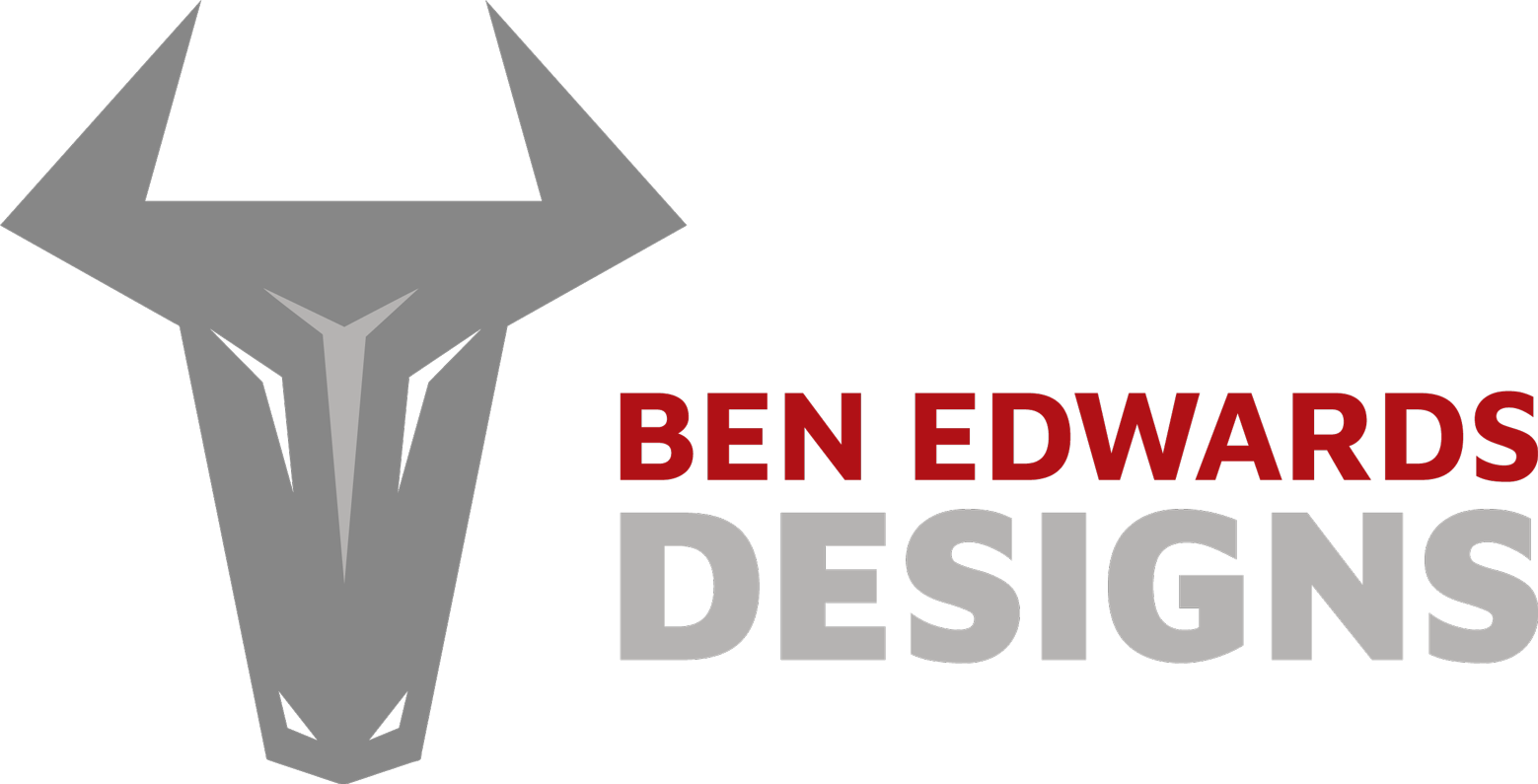
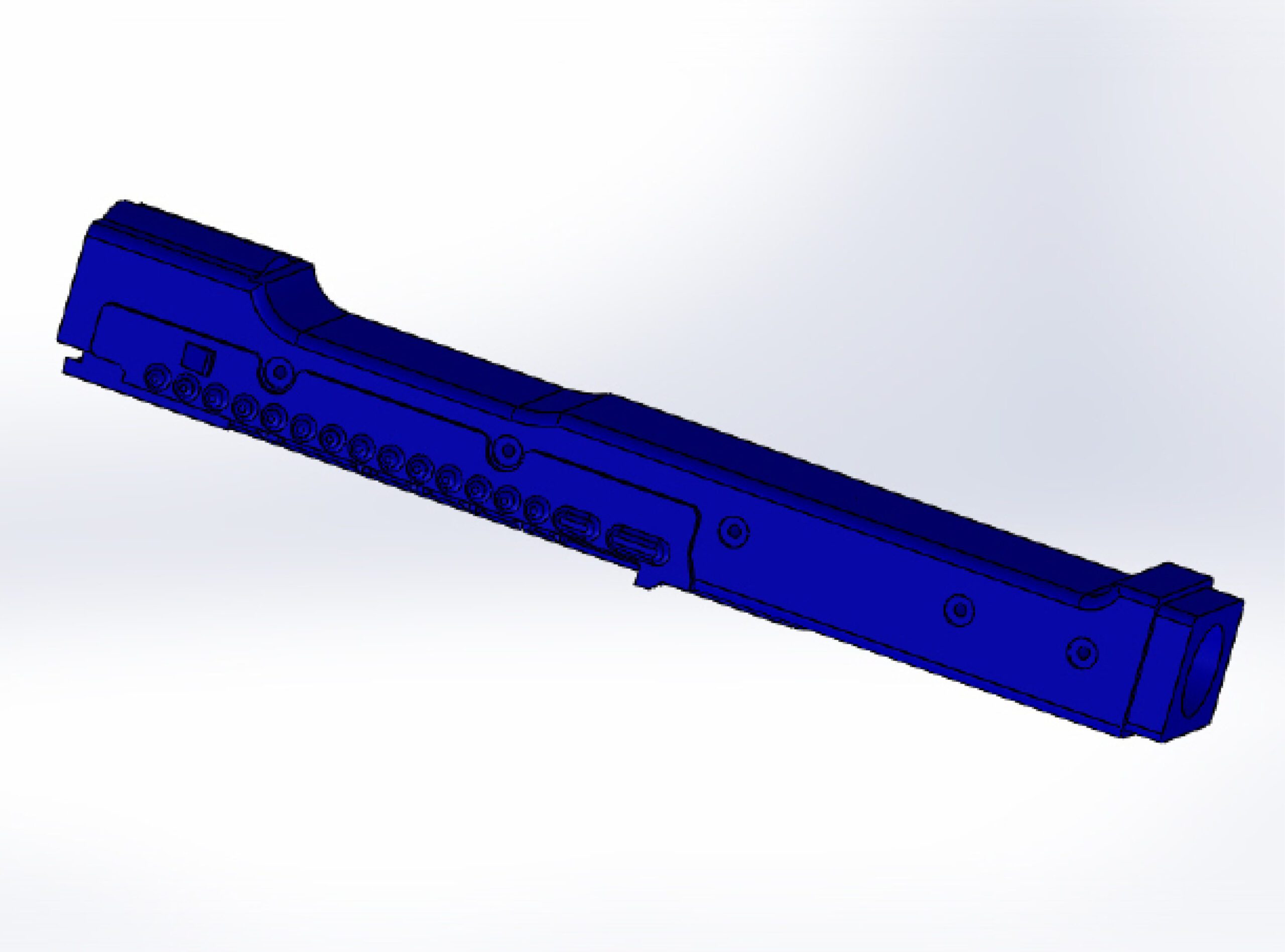
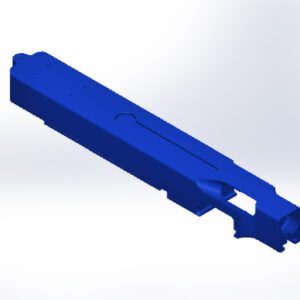
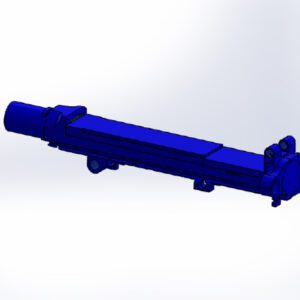
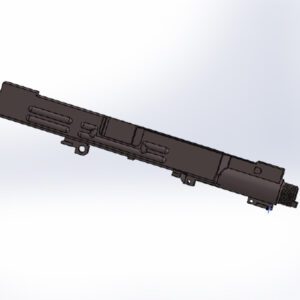
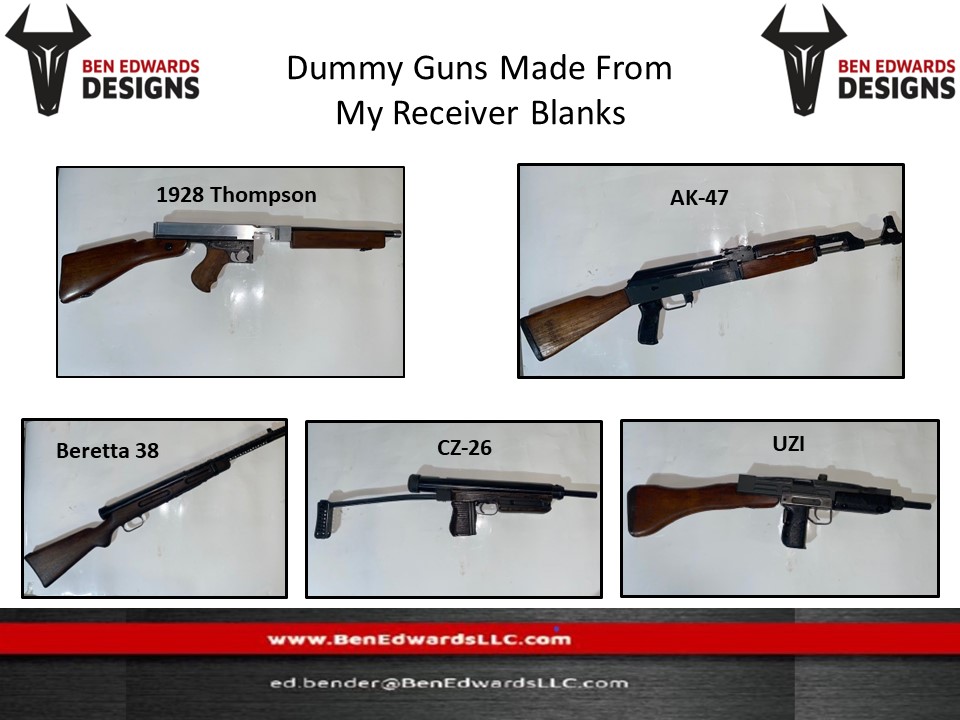
Reviews
There are no reviews yet.